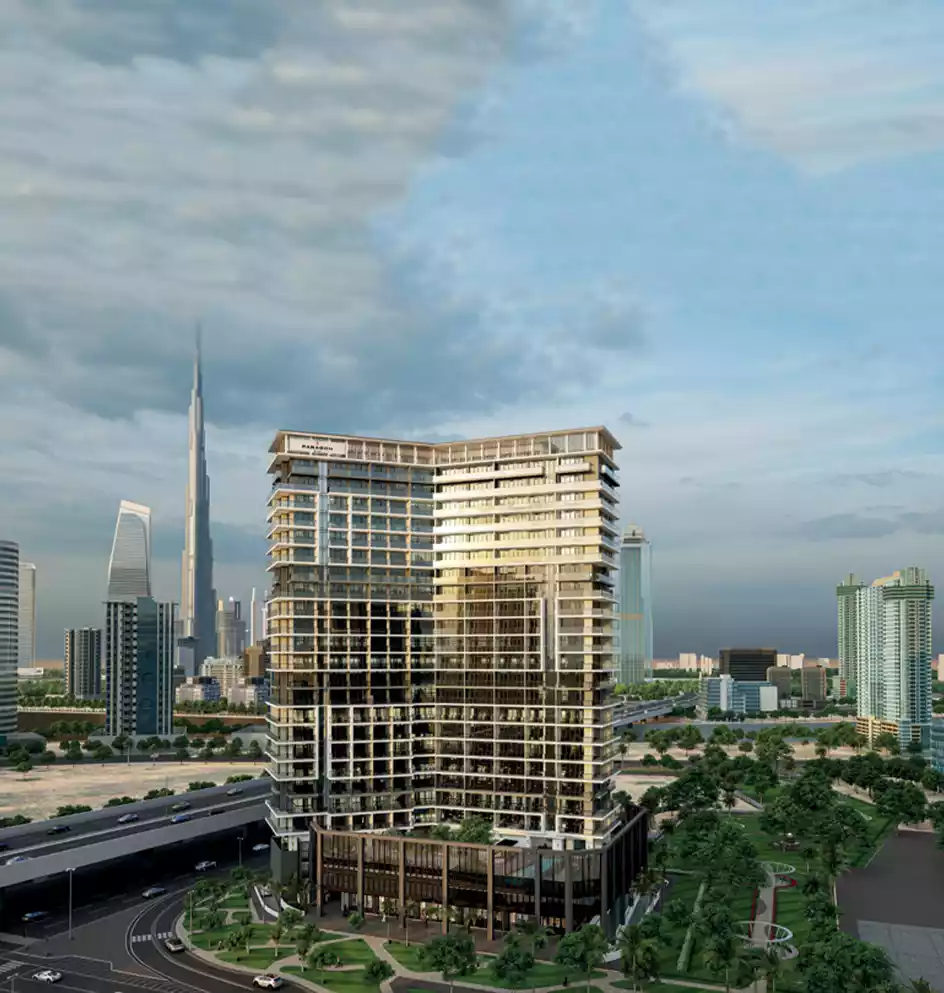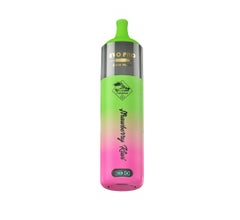Creating a sustainable property development plan involves integrating environmentally responsible practices into every phase of the development process. This approach benefits the environment and can also lead to long-term financial gains and improved community relations. Investors and developers must consider various factors to ensure that their projects are sustainable and meet the needs of both the present and future generations. A well-structured plan can make it easier to buy property in Business Bay that aligns with sustainability goals.
Conduct thorough site analysis:
The first step in developing a sustainable property plan is conducting a thorough site analysis. Evaluate the natural environment, including soil quality, vegetation, water sources, and existing wildlife. Understanding these factors can help identify ecological impacts and inform design choices. Additionally, consider the site’s proximity to public transport, essential services, and amenities, as this affects accessibility and reduces reliance on cars.
Engage stakeholders early:
Engaging stakeholders from the outset is important for the success of any sustainable development project. This includes local communities, government bodies, and environmental organizations. Host community meetings to gather input and address concerns regarding the project. Engaging stakeholders early in the process nurtures collaboration, builds trust, and helps create a development that meets the needs of all parties involved.
Set measurable sustainability goals:
Establish clear and measurable sustainability goals that align with the overall vision of the development. These goals may encompass energy efficiency, waste reduction, water conservation, and the use of sustainable materials. Setting specific targets allows developers to track progress and make necessary adjustments throughout the project lifecycle.
Implement eco-friendly design principles:
Incorporating eco-friendly design principles is fundamental to creating a sustainable property development plan. Focus on considering natural light and ventilation to reduce energy consumption. Use sustainable materials, such as reclaimed wood, recycled metals, and low-VOC paints, to minimize environmental impact. Additionally, consider incorporating green roofs, rain gardens, and permeable paving to manage stormwater runoff and promote biodiversity.
Consider energy efficiency:
Energy efficiency is a cornerstone of sustainable property development. Invest in energy-efficient systems, such as HVAC units, lighting, and appliances, to reduce energy consumption and lower utility costs. Consider integrating renewable energy sources, such as solar panels or wind turbines, to further improve energy efficiency and reduce reliance on fossil fuels.



